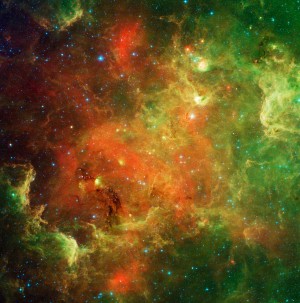Posts Tagged ‘waning crescent’
Earthsky Tonight—June 7: Closest two planets of 2010

Courtesy of EarthSky A Clear Voice for Science www.EarthSky.org The closest planet/planet pairing takes place in the morning sky on Tuesday, June 8. Jupiter and Uranus stand less than 1/2 degree apart. (For reference, the moon’s diameter spans 1/2 degree of sky.) The brighter of these two planets, Jupiter, beams as the brightest celestial point of light in the dawn and predawn sky. Uranus, though, only appears about 1/2000 as bright as Jupiter. In other words, you will need a dark sky and ... Full Story
Earthsky Tonight—June 6: Mars and Regulus in

Courtesy of EarthSky A Clear Voice for Science www.EarthSky.org The planet Mars and the star Regulus, the brightest star in the constellation Leo, highlight their conjunction this evening. Two heavenly bodies are said to be in conjunction whenever they stand north and south of one another. Tonight, Mars and Regulus shine about a pinky-width apart. By all means, look at the evening couple through binoculars or low power on a telescope. The contrast of color makes their partner’s coloration ... Full Story
Earthsky Tonight—June 5: Moon and Jupiter pair up

Courtesy of EarthSky A Clear Voice for Science www.EarthSky.org Before daybreak tomorrow (Sunday, June 6), the two most brilliant heavenly bodies of the early morning sky – the waning crescent moon and the dazzling planet Jupiter – couple up together to light up the dawn and predawn hours. The moon and Jupiter showcase themselves all over the world, except at far northern latitudes near and north of the Arctic Circle. That far north, the June sun shines for 24 hours, or nearly 24 hours, ... Full Story
Earthsky Tonight—May 9, By morning, moon moving away

Courtesy of EarthSky A Clear Voice for Science www.EarthSky.org Here are two bright morning objects again, Jupiter and the moon. If you contrast today’s chart with yesterday’s chart, you will see that the moon appears to the left of Jupiter on Monday morning (May 10), yet above Jupiter on Sunday morning (May 9). How could it be otherwise? The moon is constantly moving in orbit around Earth, and this ceaseless motion translates to an eastward (leftward) motion across our sky from one day to ... Full Story








